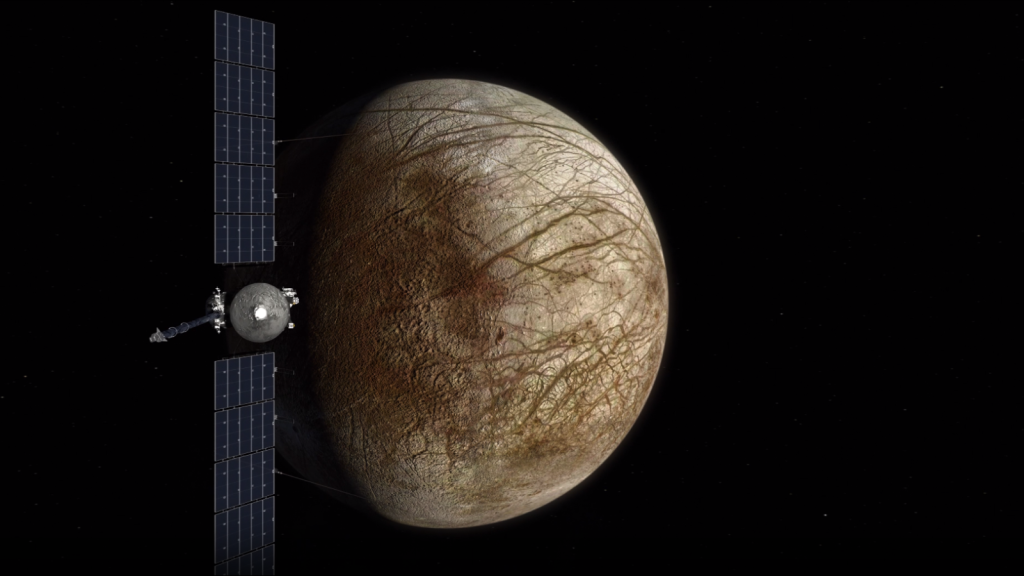The National Aeronautics and Space Administration, NASA, plans to launch an ambitious probe to Europa, one of Jupiter’s moons, to investigate whether conditions exist that could support life beyond Earth. The Europa Clipper mission, set to depart on Monday, will embark on a five-and-a-half-year journey to the icy moon, believed by scientists to harbour an ocean beneath its frozen crust.
The launch is scheduled for today, Monday, October 14, from Cape Canaveral, Florida, aboard a powerful SpaceX Falcon Heavy rocket, NASA confirmed.
“Europa is one of the most promising places to look for life beyond Earth,” said Gina DiBraccio, a NASA official, at a news conference last month.
Rather than directly searching for life, the mission will determine if Europa has the necessary ingredients—such as water, energy, and essential chemical compounds—that could make life possible. Should Europa prove habitable, further missions may then be deployed to detect life.

Curt Niebur, Europa Clipper program scientist, explained, “It’s a chance for us to explore not a world that might have been habitable billions of years ago.”
The Europa Clipper probe, the largest NASA has designed for interplanetary exploration, will stretch 30 meters in width when its expansive solar panels are fully deployed, designed to capture the weak sunlight reaching Jupiter.
Discovered in 1610, Europa’s surface features were first closely observed by the Voyager probes in 1979, revealing mysterious reddish lines. In the 1990s, NASA’s Galileo probe detected strong evidence suggesting the presence of an ocean beneath Europa’s icy exterior.
This time, the Europa Clipper will be equipped with advanced technology, including cameras, a spectrograph, radar, and a magnetometer to study Europa’s magnetic field. The mission will analyse the moon’s icy surface, its depth, and the salinity of its ocean, as well as interactions between the ice and the water below. This research aims to determine if water reaches the surface in certain locations.
If Europa possesses water, energy, and the necessary chemicals for life, scientists suggest that primitive bacteria could potentially exist within its ocean, though likely too deep for the probe to detect, according to Bonnie Buratti, the mission’s deputy project scientist.
However, if Europa is found to be uninhabitable, NASA will investigate why previous assessments indicated otherwise.
The Europa Clipper will travel 2.9 billion kilometres (1.8 billion miles) to reach Jupiter, with its arrival anticipated in April 2030. The primary mission will span four years, during which the probe will perform 49 close flybys over Europa, coming as close as 25 kilometres (16 miles) above the surface. The probe will endure extreme radiation levels equivalent to millions of chest X-rays on each pass.
Around 4,000 people have worked on the $5.2 billion mission for over a decade. NASA emphasises that the investment is worthwhile given the potential significance of the data collected.
The Europa Clipper will operate simultaneously with the European Space Agency’s Juice probe, which will study Jupiter’s other moons, Ganymede and Callisto.


